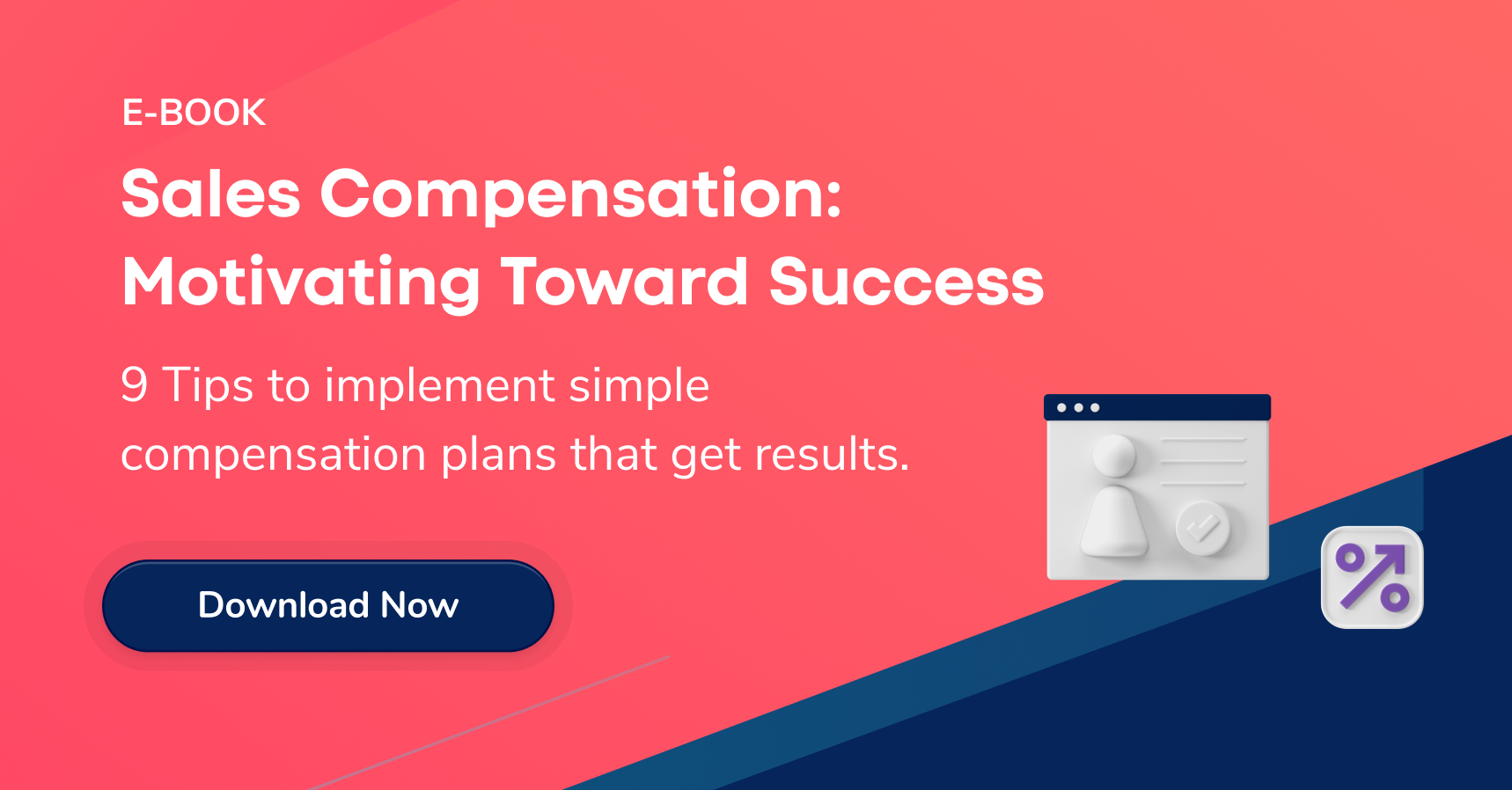Customer Loyalty Starts with Employee Engagement

Author Simon Sinek once said, “Customers will never love a company until the employees love it first.” It’s a very retweetable quote, and we all want to run a company full of people who love working there. But how does a culture of reward reinforce customer loyalty? Can building a caring company also keep your customers coming back, thrilled with your service? Yes. Here’s why.

Author Simon Sinek once said, “Customers will never love a company until the employees love it first.” It’s a very retweetable quote, and we all want to run a company full of people who love working there. But how does a culture of reward reinforce customer loyalty? Can building a caring company also keep your customers coming back, thrilled with your service? Yes. Here’s why.
Subliminal Smiles
If your business has many front-facing employees the answer might seem obvious. Happy people are easier for customers to deal with. They might be more empathetic and patient with time-consuming customers. Even a simple smile can go a long way to keeping a customer coming back. According to the Cambridge Handbook of Workplace Affect, employee smiling causes a mimicry impulse in customers, which then positively affects the customer’s mood as they leave the store.
Finding Time Capital to Invest
Countless companies have seen a massive uptick in customer loyalty by starting with employee engagement. One of the most famous is Zappos, the online shoe retailer.
Zappos deeply values their customer service department, knowing that it’s the only interpersonal communication they’ll have with their customers, even though the vast majority of people talking to a Zappos rep are those who call to complain. So founder Tony Hseih decided to go all in on customer service. Zappos does not have a limit on call time. Their longest call was 10 hours and 29 minutes. They’re known to send free shoes to regular customers who find themselves suddenly in need. One customer service rep, learning that Zappos was out of stock of a pair of shoes a local woman needed fast, simply drove to a rival shoe store and bought them to fulfill her order.
This is what Gary Vaynerchuk now famously calls the “Thank You Economy,” the idea that acts of gratitude toward customers who support your business will pay off in the long run. It’s the kind of service that keeps customers coming back for years. And it all sounds great, but how do they manage it? Where do companies like Zappos find time capital to get started with practices like these?
Perhaps they start with employee engagement. Engaged employees get more done. One Korn Ferry study found that office workers who were engaged were 43% more productive than non-engaged employees. Productivity means time freed up, and that’s time you can invest in excellent customer service, all without hiring another team member.
e-book, Employee Engagement: Building a Team That Wants to Be There
The importance of people: Gallup estimated disengaged employees cost the American economy over $300 billion a year due to lost productivity

Buying In
How do you get employees to agree to all this? Build culture and engage your team. Rewarded employees will be more likely to buy into overall company goals. They’ll understand that when the company succeeds, they’ll succeed. It affects every interaction they have with customers— even the tough ones. Salespeople won’t want to lose a single sale. Customer service reps will want to avoid a negative review at all costs. When one customer takes more of their time than average, the time will feel like an investment, rather than a waste.
This investment principle is why buying in goes beyond front-facing sales reps. Production, marketing, even facilities staff want to feel like they’re investing their time rather than wasting it.
In their landmark book Work Redesign, researchers Greg Oldham and Richard Hackman found that one of the major job traits intrinsically motivated employees rely on is a principal they dubbed task significance. It’s the idea that a daily task gains importance the more it positively affects the lives of others.
When you invest in your employees, rewarding, recognizing, and engaging them regularly, they’ll see your company as a force for good, since it’s a force for good in their own lives. They’ll even begin to feel the same way about your customers, that they’ll benefit from what your company has to offer. So when you invest in your employees, they’ll invest in your customers, and your customers will notice.
Being a Culture Creator
Let’s go back to Zappos for a moment. Tony Hsieh understands the need for comprehensive company culture. He and the other Zappos leadership foster what he calls “collisions,” the idea that employees who wouldn’t normally interact would “collide,” meeting up in common areas and getting to know one another. The headquarters is even laid out so employees will cross paths in a large courtyard, eliminating walls of rank and role.
This culture of collision always fosters new ideas, and since Zappos actively builds fun into their company culture, it’s easy to meet and talk to people within the company informally. Studies have revealed that workplace fun improves everything from job satisfaction to task performance.
How do you weave fun into your company culture? You might feel like an out-of-touch camp counselor trying to come up with fun activities for your employees, especially if they’re younger than you. But making your company fun is easier than you might think.
At Arcade, fun is our business. Our customized gamification solutions turn every day at work into a chance to earn prizes and compete with other employees via a smartphone app. Arcade has transformed companies all over the world, and their customers are loving the effect.
Learn more about Arcade and get started today!


















.png)

